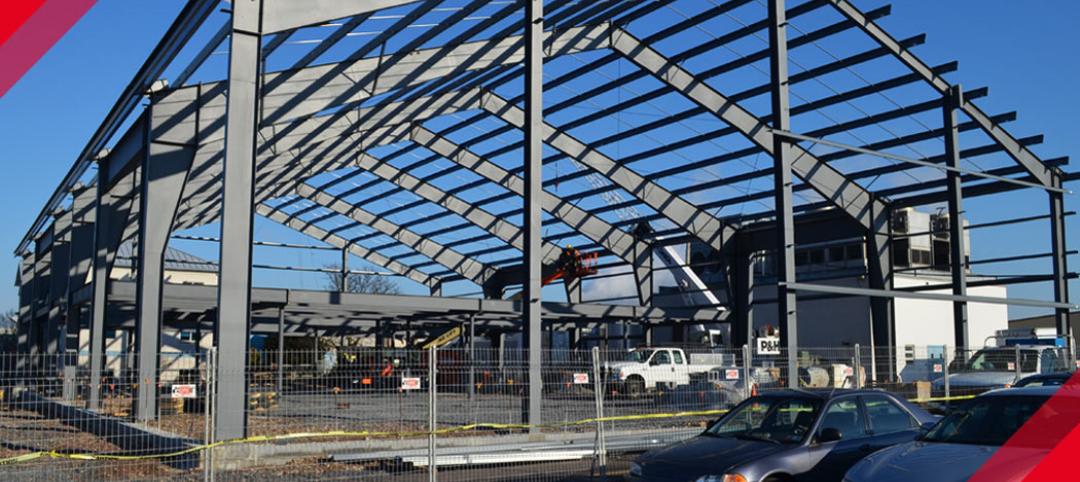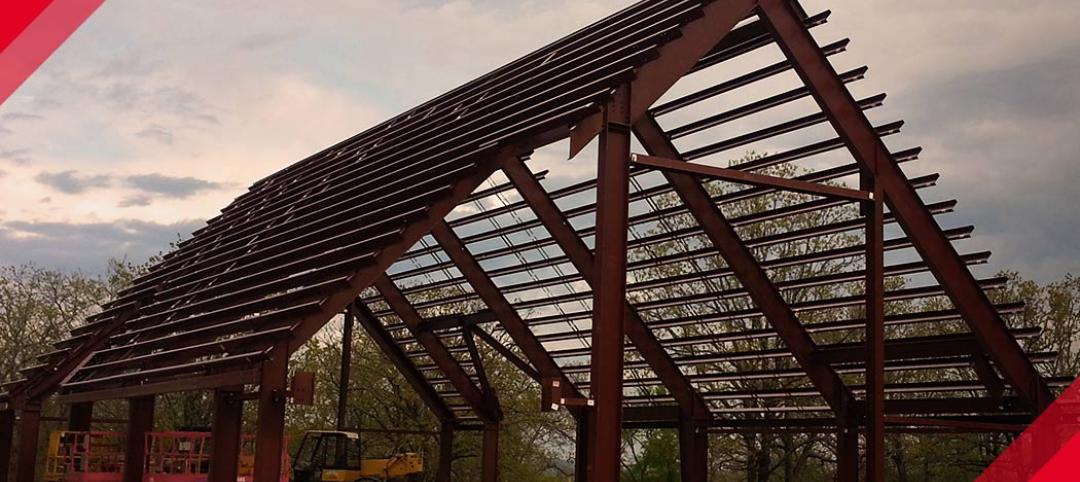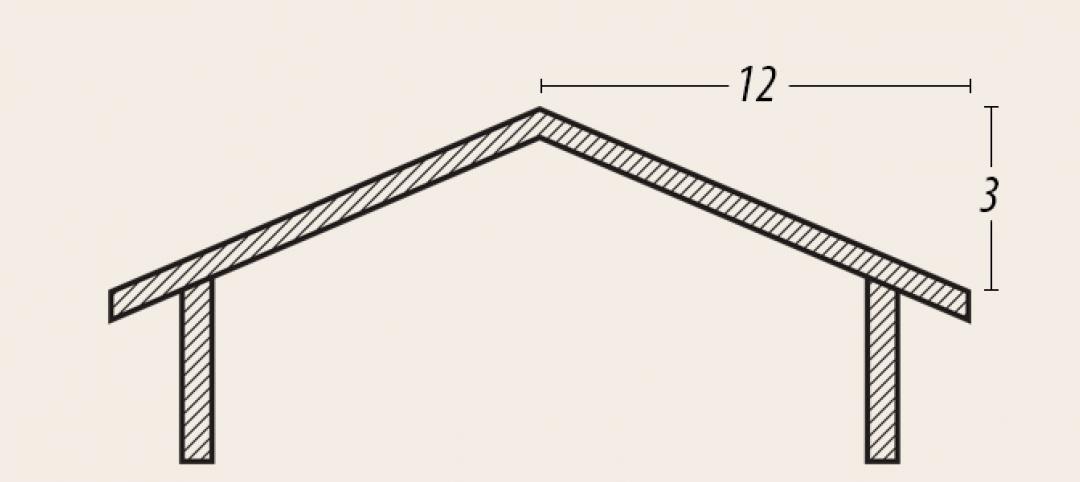Landing a project feels like winning a prize, sort of like finding that forgotten $20 bill in the pocket of a pair of jeans you haven’t worn in a while. But living on the “chance” of winning a job isn’t a great way to pay your electric bill. So, how do you swing the chances in your favor?
You turn in the most competitive bid.
Whether that means you are competing against other contractors or simply the owner’s budget, the sharpest—not the luckiest—sword wins the battle.
Here’s how to hone your bid with a few tips on codes and loads:
• When pricing a job, confirm that the wind and snow exposures are correct. Using exposure C when exposure B is all that is required can lose you the job. The same is possible with incorrect snow site exposure factor.
• When in a high seismic area and your building has a collateral load that exceeds 5 psf, ask how much of that collateral will actually be on the whole roof. A large number of specifiers put heavy collateral on a total roof area because they do not know where the collateral is going. However, if the collateral will only cover 25 percent of the total roof area, that is all that needs to be included in the seismic analysis.
• Input collateral load as ceiling only if a ceiling will be present. Ceiling triggers stricter deflections for both rafters and purlins than what is required for other types of collateral loading.
• Always question the specifier if they ask for a live load greater than 20 psf. Any live load other than 20 psf is either a building with extraordinary construction loads or an error by the specifier. If they are looking for a specific roof snow load, calculate it based on use of the building and code ground snow requirements.
• When in high seismic areas, confirm the soil site conditions. Your bid can be more competitive by knowing the site conditions, rather than relying on SBS defaults.
Read more on the Starbuildings blog.
Editor's note: This is sponsored content. The text and image were provided by the sponsor company.
More from Author
Bryan Arlington | Dec 1, 2016
The evolution of codes
Today’s codes define more efficient, effective structures, but the engineering of them has become vastly more complex.
Bryan Arlington | Nov 21, 2016
Ready for earthquakes?
There is a mistaken belief among some people that steel buildings do not do well in earthquakes. The truth is quite the opposite.
Bryan Arlington | Aug 24, 2016
Rolling Sheet Door Considerations
The pros and cons of a rolling sheet door
Bryan Arlington | Aug 19, 2016
Standards. Do You Have Them?
Metal building standard for contractors and erectors.
Bryan Arlington | Apr 24, 2015
Are metal roofs lightning magnets?
According to The Metal Construction Assocition, a metal roof will not make lightning more likely to strike, but it may make a lightning strike less dangerous if it occurs. That’s right, less dangerous, not more.
Bryan Arlington | Mar 19, 2014
Frames: the biggest value engineering tip
In every aspect of a metal building, you can tweak the cost by adjusting the finish, panel thickness, and panel profile. These changes might make a few percentage points difference in the cost. Change the framing and you have the opportunity to affect 10-20 percent savings to the metal building portion of the project.
Bryan Arlington | Jan 6, 2014
What is value engineering?
If you had to define value engineering in a single word, you might boil it down to "efficiency." That would be one word, but it wouldn’t be accurate.














